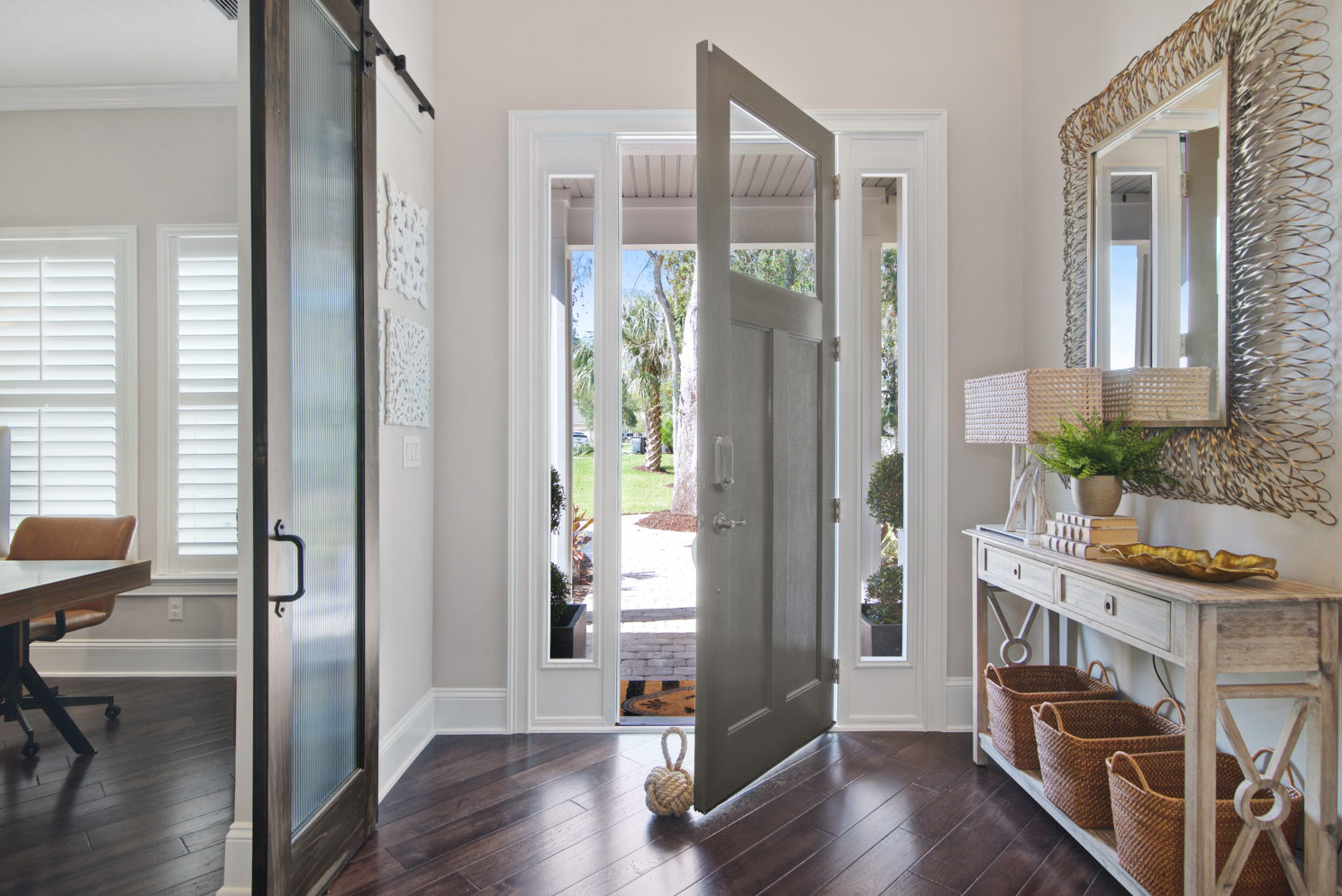Thinking of remodeling a space in your home? You may be hesitating because you are concerned about the budget, the timeline, the mess, and having strangers in your home.
Setting your expectations and educating yourself on the process is the key to a successful remodel. It can allay your fears and give you a clearer picture of the remodeling process from start to finish.
Budget.
Remodels can cost tens, if not, hundreds of thousands of dollars. This alone can give you heartburn…and that’s even if you are on budget. Know you are going to write many large checks. The best thing to alleviate stress in this regard is to have available cash that is at least 10% above your contract. The more cash on hand, the less stress. Make sure you have clearly identified the scope of your project so your quotes encompass as much as possible. The responsibility is ultimately yours to understand the project scope and ask any questions prior to entering any contract.
Decision-making. You will be making a lot of them. Do you want an outlet here? How high do you want the light? Do you want knobs or pulls on your cabinets? How do you like brushed nickel vs. chrome faucets? It is enough to make your head spin. Just know you will be asked to think about and answer hundreds of questions. If it seems like too much for you, hire an Interior Designer to narrow down the choices.
Noise.
Living in a household with noise from children, animals, electronic devices, or just the day-to-day white noise is nothing like the racket from a remodel. The uproar from the remodel is unremitting…Crushing nail guns, rubbing Sheetrock sanders, loud and whiny saws, followed by thundering compressors: in short, little peace or quiet. The best-case scenario is to leave your residence during the remodel for a quieter space. If this is not an option, move to the opposite side of your home. Now you may think that “it couldn’t possibly be that bad.” Do yourself a favor and visit someone else’s remodel and you’ll see what we mean.
Dust.
No matter how much you prepare for the dust, such as using a product called ZipWall to contain it, you will find dust. It will find its way to parts of the house not under construction. If simply using plastic to cover the open areas of construction is not enough for you try the following to further control the dust.
Use a compression-fit temporary wall to close off areas that are being demolished. Running air filtering systems called air handlers can also pull the dust from the air on the non-construction side of the house. Close the air returns and vents in the construction area so dust from that section of the house is not pushed out into the HVAC ducts and end up where you’re living. When construction is over and you’re ready to move back into the space, have all the HVAC ducts cleaned by an expert to ensure dust residue is captured and disposed.
Unforeseen circumstances.
Just know an unforeseen circumstance will arise, something you did not expect…plan for these instances up front with contingency funding so you are prepared financially (and mentally) to tackle any issue. Here are a few problems that tend to pop up more times than not: asbestos, non-code compliant framing and plumbing, faulty wiring, uneven or shoddy slabs. Being prepared for the unexpected gives you control and makes the repair much easier to accept.
Change orders.
You’ve set the budget but now you want that beautiful new quartz countertop that is above your allowance. Here’s where the change order comes in to document your request and clearly show the addition, and in some cases, the reduction of costs. Be careful with having too many change orders as it will delay construction and most likely increase your overall budget.
Delays. They will happen. Subcontractors get sick, cars break down and sometimes items run out of stock so you have to wait an additional two to six weeks to receive them. Think of the construction schedule as a fluid timeline. In a perfect world, your remodel will finish ahead of schedule. Otherwise, plan for delays.
I’m over it.
It may be that you just want to be done, or that you’re tired of answering so many questions and writing so many checks. Or you may just be tired of having so many people in your house. Hang in there — remodeling fatigue will be short lived when you get to move back into your newly remodeled space.
Final phase.
At the end of your project, expect one or two punch-list items that will take longer to resolve than anything else. It may be a light fixture that arrives broken or the very last two pieces of tile. The important thing is to get the final details right, even if they take a little longer.
Celebration! The project is finished. It’s now time to show off your beautiful new space. Your family and friends have probably lived with you through the process. Have a party to share your excitement over the completed remodel. It’s gratifying for everyone to see a beautifully finished home filled with people enjoying themselves.

